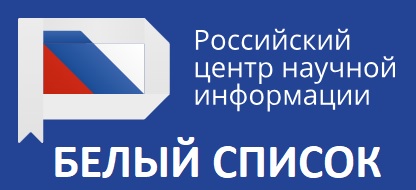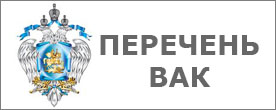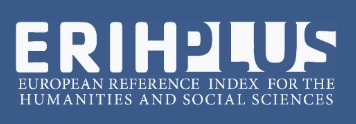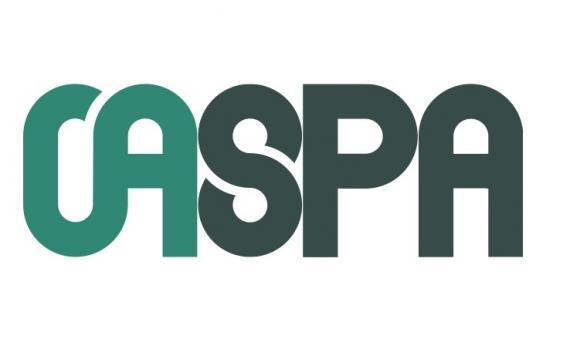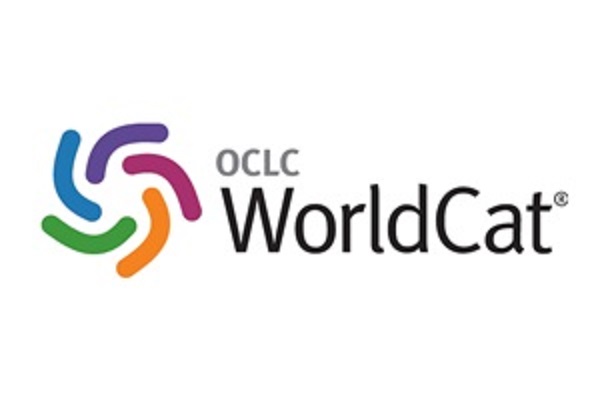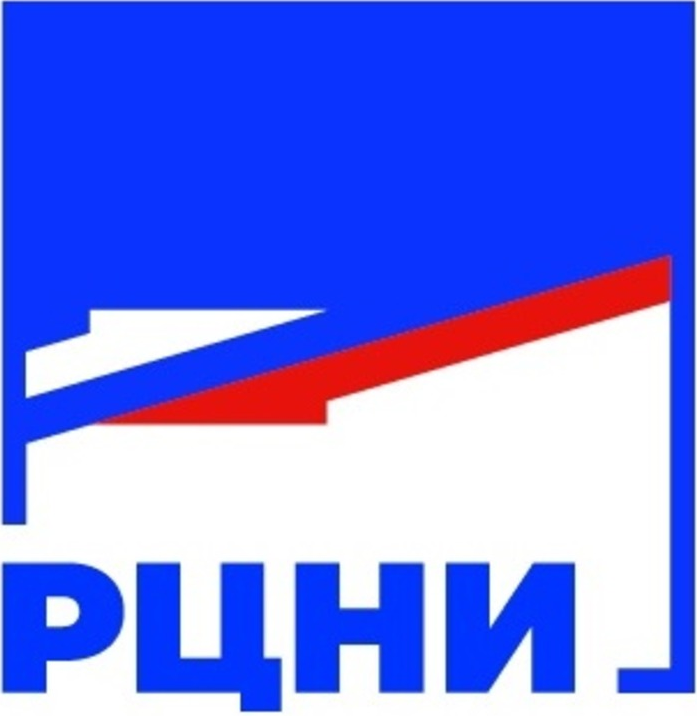Original article
https://doi.org/10.15507/2076-2577.017.2025.03.293-306
https://elibrary.ru/qptmbi
УДК / UDC 81’367.622.13:811.511.152.1
Noun Verbalization in the Erzya Dialects of the Prisurye Region
I. N. Ryabov, N. A. Agafonova, G. V. Ryabova
National Research Mordovia State University, Saransk, Russian Federation
Abstract
Introduction. The lexicalization of various parts of speech in the Mordovian languages remains a complex and understudied phenomenon within Finno-Ugric studies. This process is determined by the specific morphological structure of these languages, which is characterized by the presence of declension and conjugation paradigms in the majority of parts of speech, thereby creating preconditions for shifts in their grammatical status. The aim of this study is to examine verbalized nouns using dialectal material from the Erzya subdialects of the Sura region and to identify the distinctive features of the functioning of these word forms.
Materials and Methods. The research material comprised dialectal records compiled by the authors during linguistic expeditions conducted in 2022, 2023, and 2024 to Erzya villages in the Prisurye region of the Republic of Mordovia, Penza Oblast, and the Chuvash Republic. The collection of field material was carried out using a questionnaire-based methodology. The following research methods were employed in the study: the descriptive method, which enabled the tracing of the use of verbalized nouns in the dialectal speech of Erzya language speakers; and the comparative and structural methods, which facilitated the identification and illustration of the specific features governing the formation and functioning of the analyzed word forms within the examined linguistic area.
Results and Discussion. In the Erzya dialects of the Prisurye region, as in the literary Erzya language, the process of lexicalization is widely prevalent. One of its forms is the verbalization of significant and auxiliary parts of speech. Through verbalization, all non-verbs can adopt predicative suffixes and inflect for person, number, and tense, much like verbs. Regarding nouns, however, not all undergo the process of verbalization, but only those with specific semantics that are contextually and situationally determined. Word forms functioning as syntactic wholes are extensively represented in the speech of native speakers. These neologisms are not uniform in their phonetic and morphological characteristics: in the dialects of Chuvash Prisurye, unlike other dialects of the Prisurye landscape, the consonant -j-, an interfix, appears before -a-, the present tense suffix, in the formation of verbalized noun forms. The functioning of these neologisms in the Erzya dialects of the Sur region reflects the specificity of the area under consideration.
Conclusion. An analysis of the linguistic material from the studied area has demonstrated that nouns of the primary declension actively adopt predicative suffixes and exhibit conjugation paradigms. The conducted research has revealed that verbalized forms in the nominative and oblique cases partially retain both their lexical and case meanings, while the verbal morpheme indicates the person, number, and tense of the action. A dialectological study of the verbalization of other parts of speech would provide an opportunity to elucidate the specific features and tendencies in the lexicalization of the Mordovinian languages.
Keywords: the Erzya language, dialect, dialect, noun, case forms, predicate suffix, lexicalization, verbalization
Funding: The publication was prepared as part of the implementation of the Russian Science Foundation grant 24-28-00534 “Digital description of the Mordovia dialects of the Prisursky region”.
Conflict of interest: The authors declare no conflict of interest.
For citation: Ryabov I.N., Agafonova N.A., Ryabova G.V. Noun Verbalization in the Erzya Dialects of the Prisurye Region. Finno-Ugric World. 2025;17(3):293–306. https://doi.org/10.15507/2076-2577.017.2025.03.293-306
REFERENCES
1. Agafonova N.A. [Lexicalization of Case Forms of Names (Based on Mixed Dialects of the Volga Region and the Southern Urals)]. Bulletin of the Krasnoyarsk State Pedagogical University named after V. P. Astafiev. 2011;(1):145‒152. (In Russ.) Available at: file:///C:/Users/000000000000121/Downloads/leksikalizatsiya-padezhnyh-form-imyon-na-materiale-smeshannyh-mordovskih-dialektov-povolzhya-i-yuzhnogo-urala.pdf (accessed 12.05.2025).
2. Agafonova N.A. Case Forms of Names and Their Pronominalization (on Basis of the Erzya Dialects of the Transvolga Region and the Southern Urals). Bulletin of the Research Institute of Humanities by the Government of the Republic of Mordovia. 2013;(4):133‒139. (In Russ., abstract in Eng.) Available at: https://vestnikniign.ru/2013-№4 (accessed 12.05.2025).
3. Agafonova N.A., Ryabova G.V., Tsyganova M.V. Features of Vocalism of the Erzya Dialects in the Sura Region. Bulletin of Ugric Studies. 2024;14(2):207‒218. (In Russ., abstract in Eng.) https://doi.org/10.30624/2220-4156-2024-14-2-207-218
4. Ivanova G.S. On the Origin of Consonant Complexes in the Mordovian Languages. Siberian Journal of Philology. 2021;(4):168–180. (In Russ., abstract in Eng.) https://doi.org/ 10.17223/18137083/77/13
5. Klementyeva E.F. About the Grammatical Status of the Word-Forms with the Suffix -nek in the Erzya Language. Bulletin of Ugric Studies. 2018;8(4):625‒630. (In Russ., abstract in Eng.) Available at: https://vestnik-ugrovedenia.ru/sites/default/files/vu/e._f._klementeva.pdf (accessed 12.05.2025).
6. Klementyeva E.F. About Some Types of Reduplications in the Erzya Language. Bulletin of Ugric Studies. 2023;13(2):217‒224. (In Russ., abstract in Eng.) https://doi.org/10.30624/2220-4156-2023-13-2-217-224
7. Nekrasova G.A. Adaptive Features of the Russian Noun Pluralia Tantum in the Komi-Permian Language. Finno-Ugric World. 2024;16(2):136‒145. (In Russ., abstract in Eng.) https://doi.org/10.15507/2076-2577.016.2024.02.136-145
8. Novak I.P. Study of the Consonant Alternation System in Karelian Dialectal Speech by Cluster Analysis. Bulletin of Ugric Studies. 2023;13(2):234‒245. (In Russ., abstract in Eng.) https://doi.org/10.30624/2220-4156-2023-13-2-234-245
9. Rodionova A.P., Krizhanovskaya N.B. Generation of nominal word forms of the South Ludic dialect. Bulletin of Ugric Studies. 2024;14(3):476‒488. (In Russ., abstract in Eng.) https://doi.org/10.30624/2220-4156-2024-14-3-476-488
10. Ryabov I.N., Agafonova N.A., Ryabova G.V. A Comparative Analysis of the Expression of Possessive Relations in the Erzya Dialects of the Kochkurovo District, Republic of Mordovia. Finno-Ugric World. 2024;16(4):392‒407. (In Russ., abstract in Eng.) https://doi.org/10.15507/2076-2577.016.2024.04.392-407
11. Agafonova N.A., Ryabov I.N. Morphological Marking of an Object in the Erzya Language Dialects. Journal of Siberian Federal University. Humanities and Social Sciences. 2025;18(1):34‒44. Available at: https://cyberleninka.ru/article/n/morphological-marking-of-an-object-in-the-erzya-language-dialects (accessed 12.05.2025).
Information about the authors:
Ivan N. Ryabov, Cand.Sci. (Philol.), Dean of the Philological Faculty, Associate Professor of the Department of the Mordovian Languages, National Research Mordovia State University (68 Bolshevistskaya St., Saransk 430005, Russian Federation), ORCID: https://orcid.org/0000-0001-6760-4376, SPIN-код: 2034-0552, ryabov.74@bk.ru
Nina A. Agafonova, Cand.Sci. (Philol.), Associate Professor of the Department of the Mordovian Languages, National Research Mordovia State University (68 Bolshevistskaya St., Saransk 430005, Russian Federation), ORCID: https://orcid.org/0000-0001-8751-2751, SPIN-код: 6385-2918, ohanina@rambler.ru
Galina V. Ryabova, Cand.Sci. (Philol.), Associate Professor of the Department of the Mordovian Languages, National Research Mordovia State University (68 Bolshevistskaya St., Saransk 430005, Russian Federation), ORCID: https://orcid.org/0000-0001-9789-9187, SPIN-код: 4616-6660, ryabova.gv@bk.ru
Authors’ contribution:
I. N. Ryabov – development of the research structure; systematic analysis of sources; analysis and interpretation of research results.
N. A. Agafonova – development of the research structure; theoretical analysis of sources; identification and generalization of the studied dialect material; analysis and interpretation of research results; design of the manuscript.
G. V. Ryabova – collection, processing and classification of dialect material; analysis and interpretation of research results; manuscript design.
All authors have read and approved the final manuscript.
Submitted 05.06.2025; revised 24.06.2025; accepted 07.07.2025.



